Epson WorkForce DS-60000 – 40ppm / 80ipm, A3 size, 600 x 600 dpi, USB – compatible with USB 2.0 specification, 5,000 Daily Duty Cycle, Paper Setting Capacity: 200 Sheets, ADF Paper weight Auto loading: 35 – 128 g/m²
Overview
The Epson WorkForce DS-60000 is a high-volume, high-production flatbed scanner designed for the most demanding document environments. Unlike the DS-32000, which is a sheet-fed scanner with a flatbed, the DS-60000 is primarily a massive flatbed scanner with an integrated sheet-feeder on top. It’s built for digitizing fragile, bound, and odd-sized materials at an industrial scale, such as in archives, libraries, and government records departments.
Key Specifications at a Glance
| Feature | Specification |
|---|---|
| Scanner Type | Large Format Flatbed & Sheet-fed |
| Maximum Scan Speed (Duplex) | 40 ppm / 80 ipm (at 200 dpi) |
| Maximum Scan Speed (Simplex) | 60 ppm / 60 ipm (at 200 dpi) |
| Optical Resolution | 600 x 600 dpi |
| Maximum Document Size | A2 / 11.7″ x 17″ (on the flatbed) |
| Daily Duty Cycle | 6,000 pages |
| ADF Capacity | 75 sheets (80 g/m²) |
| Flatbed | Yes, oversized A2 size |
| Interface | Hi-Speed USB 2.0 & Gigabit Ethernet |
| Duplex Scanning | Yes (for documents up to A3 size via the ADF) |
Detailed Information
1. Performance & Speed
-
Speed: The key specification is 40 ppm / 80 ipm in duplex mode (scanning both sides of an A4 page at once). In simplex mode (one-sided), it can reach 60 ppm / 60 ipm. These speeds are typically achieved at 200 dpi.
-
Throughput: While the ppm is lower than the DS-32000, its throughput is measured differently because it can scan two A4 pages side-by-side on its large flatbed simultaneously, effectively doubling the output for unbound documents.
2. Image Quality & Sensor
-
Optical Resolution: 600 x 600 dpi provides high detail, essential for archiving where document preservation is key.
-
Sensor Type: Uses a high-precision Contact Image Sensor (CIS).
-
Color Depth: 24-bit color, 8-bit grayscale, 1-bit black & white.
3. Design & Paper Handling (This is its defining feature)
-
Oversized Flatbed: The standout feature is its A2-sized flatbed (11.7″ x 17″). This allows it to scan:
-
Large-format documents like architectural plans, maps, and newspapers.
-
Two A4 or letter-sized pages side-by-side in a single pass, boosting effective throughput.
-
Fragile books, bound manuscripts, and valuable artifacts without damaging them.
-
-
Automatic Document Feeder (ADF):
-
Capacity: 75 pages.
-
Paper Size: Up to A3 size. It cannot feed A2 documents; the ADF is for standard-sized sheets.
-
-
Duplex Path Reversing Automatic Document Feeder (Dual RADF): This is a sophisticated ADF that can automatically flip pages to scan both sides of a sheet placed on the flatbed. This is crucial for scanning bound book pages without manually flipping the book.
4. Software & Connectivity
-
Included Software: Bundles with powerful software, typically including:
-
Epson Document Capture Pro
-
Epson Scan 2
-
ABBYY FineReader® OCR for exceptional text recognition.
-
-
Compatibility: Supports industry-standard ISIS® and TWAIN drivers for integration into any document management workflow.
-
Connectivity: Gigabit Ethernet & Hi-Speed USB 2.0. The built-in network interface is a significant advantage, allowing the scanner to be easily shared across a department without needing a dedicated host PC.
5. Duty Cycle & Reliability
-
Daily Duty Cycle: 6,000 pages. This is a professional-grade duty cycle, indicating it’s built for all-day, every-day use in a production environment.
-
Build Quality: Engineered for precision and durability to handle delicate and valuable originals without causing damage.
Key Features & Benefits
-
A2 Large Format Scanning: Its primary advantage. Unmatched for archiving blueprints, maps, books, and any document larger than A3.
-
Gentle on Originals: The large flatbed and specialized ADF are designed to handle fragile, bound, and valuable materials with care.
-
High Effective Throughput: The ability to scan two pages at once on the flatbed makes it incredibly efficient for digitizing large volumes of unbound, mixed-size documents.
-
Network Ready: Built-in Gigabit Ethernet simplifies installation and sharing in an office environment.
-
Production-Grade Reliability: Built for constant use in the most demanding scanning environments.
Ideal Use Cases
The DS-60000 is a specialized tool for specific high-end applications:
-
Libraries & National Archives: For digitizing historical books, newspapers, and manuscripts.
-
Government Records & Courts: For scanning large-format legal documents, case files, and maps.
-
Engineering & Architectural Firms: For digitizing and archiving A2/A1-sized blueprints and technical drawings.
-
University Special Collections: For handling rare and fragile academic materials.
-
Printing and Publishing Companies.
Potential Limitations / Considerations
-
Lower PPM than Sheet-fed Scanners: Its pure pages-per-minute speed is lower than dedicated sheet-fed scanners like the DS-32000 when scanning stacks of loose A4 paper.
-
Size and Footprint: It is an extremely large and heavy device, requiring a dedicated, sturdy workstation.
-
Cost: It is a premium, specialized piece of equipment with a price tag to match its capabilities.
Conclusion
The Epson DS-60000 is not a direct competitor to the DS-32000; it serves a different, more specialized purpose.
-
Choose the DS-32000 for the fastest possible scanning of high volumes of standard-sized, loose A4/A3 sheets.
-
Choose the DS-60000 when you need to digitize large-format documents (up to A2), fragile books, bound materials, or a mix of odd-sized originals at a production volume and with superior care.
The “40 ppm” speed is impressive given its primary function as a preservation and large-format scanning powerhouse.





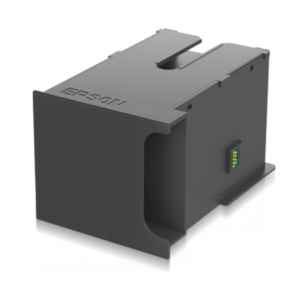
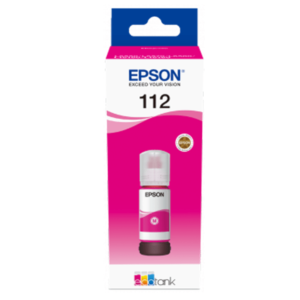
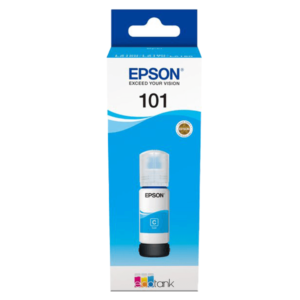
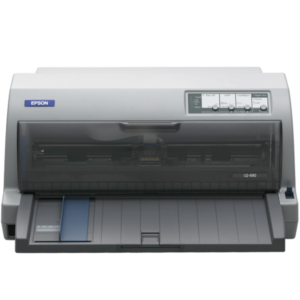
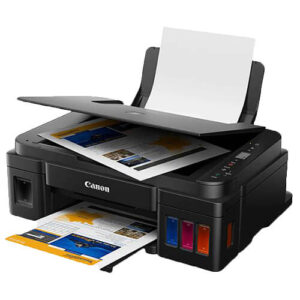
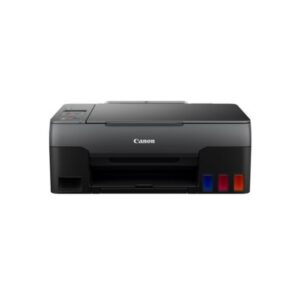
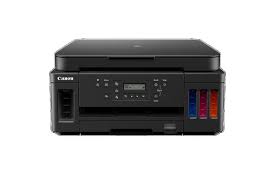
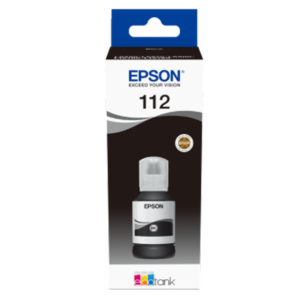
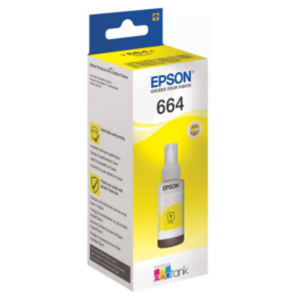
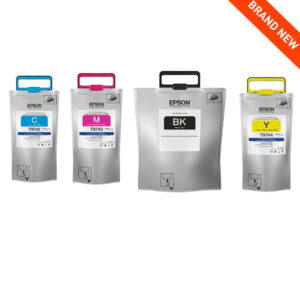
 No products in the cart.
No products in the cart. 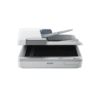
Reviews
There are no reviews yet.